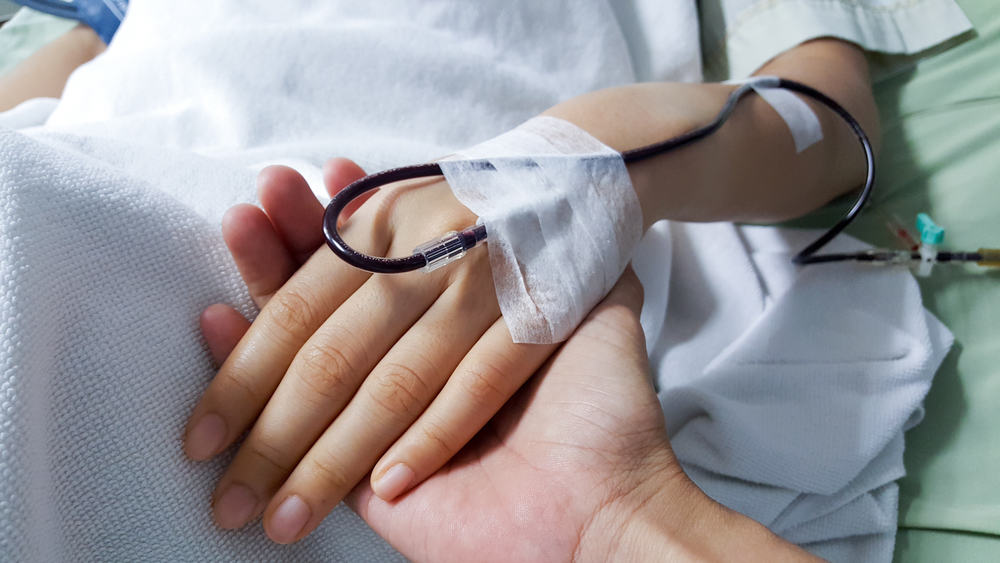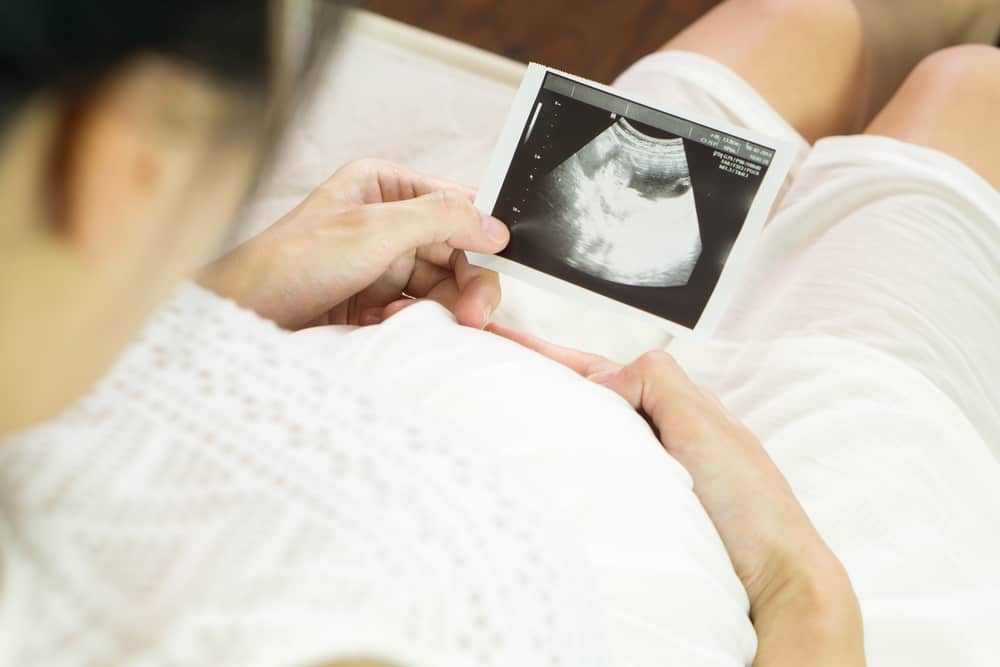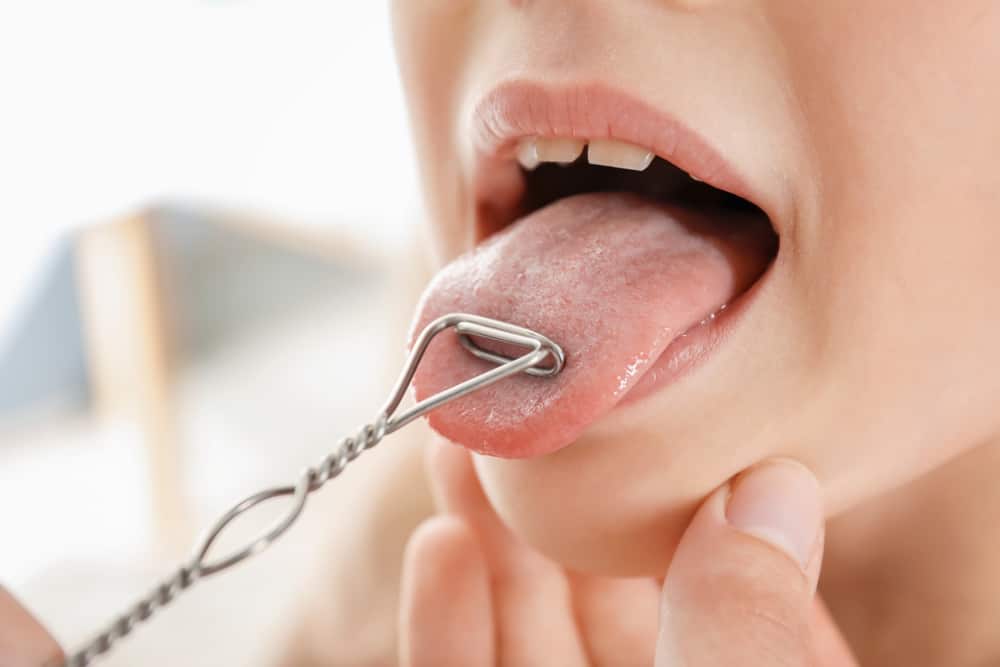Contents:
Medical Video: Checking Your Blood Glucose | Diabetes Discharge | Nucleus Health
Definition
What is blood glucose (test at home)?
A blood glucose test at home measures the amount of sugar (called glucose) in the blood at the time of the test. Tests can be done at home or anywhere, using a small portable machine called a blood glucose meter. A blood sugar test at home can be useful for monitoring blood sugar levels. Talk to your doctor about how often you have to check blood sugar levels. How often you have to check it depends on the treatment of diabetes, how well diabetes is controlled, and your overall health. People who use insulin to control diabetes may need to check blood sugar levels as often as possible. Blood sugar tests at home are often called surveillance or self-testing of blood sugar levels.
If you rarely or totally don't use insulin, a blood sugar test can be very helpful in learning about how the body reacts to food, illness, stress, exercise, drugs, and other activities. Tests before and after meals can help you adjust what you eat. Some types of glucose meters can store hundreds of your glucose test data. This will make it easier for you to review the glucose results that accumulate over time and predict glucose levels at a given time, and observe any major changes in glucose levels quickly. Some of these systems can also transfer information to a computer so that it can be converted into graphics or other easily analyzed forms.
Some newer models of glucose meters can communicate with the insulin pump. An insulin pump is a machine that sends insulin throughout the day. The meter helps decide how much insulin you need to maintain blood sugar levels in the target range.
When do I have to undergo blood glucose (test at home)?
Your doctor will advise you on how often you should check your blood sugar levels. Generally, the frequency of tests depends on the type of diabetes you experience and the treatment plan.
- Type 1 diabetes. Your doctor may recommend a blood sugar test 4-8 times a day if you have type 1 diabetes. You may need a test before eating and snacking, before and after exercise, before going to bed, and occasionally during the night. You may also have to check your blood sugar more often if you are sick, change your daily routine or start a new treatment.
- Type 2 diabetes. If you use insulin to treat type 2 diabetes, your doctor may recommend a blood sugar test two or more times a day, depending on the type and amount of insulin you need. Tests are usually recommended before eating, and sometimes before going to bed. If you manage type 2 diabetes with non-insulin treatment or with your own diet and exercise, you may not need to check your blood sugar levels every day.
Prevention & warning
What should I know before undergoing blood glucose (test at home)?
If you feel the test results from the meter are different from what you expected, repeat the test. Regular prenatal visits and regular monitoring of blood glucose at home are very important for pregnant women with diabetes. Women who maintain blood sugar levels within the recommended range increase the chances of having a healthier baby and reduce the chances of having complications associated with diabetes. A urine test may be used to check for a serious condition called diabetes ketoacidosis. Blood can also be checked for ketones.
Process
What should I do before undergoing blood glucose (test at home)?
A blood sugar test requires a small electric device called a glucose meter. The meter will read the amount of sugar in a small sample of blood, usually from the tip of your finger, which you place on top of a disposable stick. You should discuss with your doctor or diabetes specialist for a more suitable tool. You should also ask your doctor or diabetes specialist to teach you how to use meters.
How is the process of blood glucose (test at home)?
Test instructions differ slightly for each model of blood glucose meter at home. For accurate results, carefully follow the instructions for the meter. When checking blood sugar with a blood glucose meter at home:
- wash hands with warm soapy water. Dry well with a clean towel
- attach a clean needle (lancet) to the lancet tool. The lancet is a pen-sized lancet holder, which holds, adjusts position, and controls the depth of the needle that enters the skin
- remove the test stick from the bottle. Re-close the bottle immediately after removing the stick to prevent moisture from affecting the other sticks. Sticks are sometimes stored inside the meter.
- prepare a blood sugar meter (glucose meter). Follow the instructions contained in the meter
- Use the lancet tool to pierce the fingerprint side with the lancet. Do not pierce the fingertips; puncture will be more painful and you may not get enough blood to test accurately. Some new blood sugar meters have used a lancet tool that can get blood samples from places other than the fingers, for example from the palms or upper arms
- drops blood at the right point on the stick
- use a clean cotton ball, press where you put a needle in the finger (or other place) to stop bleeding
- follow the directions with the blood sugar meter to get results. Some meters only take a few seconds to produce results.
What should I do after undergoing blood glucose (test at home)?
You can write results and time of blood test. However, most meters will store results for several days or weeks, so you can double check and get it. You and your doctor will use this note to see how often blood sugar levels are within the recommended range. The doctor will also use the results to decide whether changes in diabetes medications (insulin or pills) are needed.
Dispose of lancet safely after using it. Do not throw it into the trash can. A Lancet that is dumped carelessly might accidentally stab someone. Discard the lancet in a plastic container, such as an empty soap bottle. Place seal if almost hampir full. Check with a local garbage disposal agent about how to dispose of the correct lancet. Some agents have specific instructions about medical waste disposal. Sometimes the doctor's office will throw you a lancet.
Explanation of Test Results
What do the test results mean?
The range below explains where blood sugar levels should be throughout the day. The ideal range of blood sugar levels may be different from others and will change throughout the day.
For people who are not pregnant with diabetes:
- 70 mg / dl (3.9 mmol / l) to 130 mg / dl (7.2 mmol / l) before meals
- less than 180 mg / dl (10 mmol / l) 1-2 hours after starting eating
For women with diabetes associated with pregnancy (gestational diabetes):
- 95 mg / dl (5.3 mmol / l) or less, before breakfast
- 140 mg / dl (7.8 mmol / l) or less, 1 hour after starting eating, or 120 mg / dl (6.7 mmol / l) or less than 2 hours after starting eating
Many conditions can change blood sugar levels. The doctor will discuss the abnormal results that stand out with you in relation to your past symptoms and health conditions.
Ask your doctor about the target range of blood sugar, and make a plan for how to deal with blood sugar that is too high or too low and when to contact a doctor.
Hello Health Group does not provide medical advice, diagnosis or treatment.











